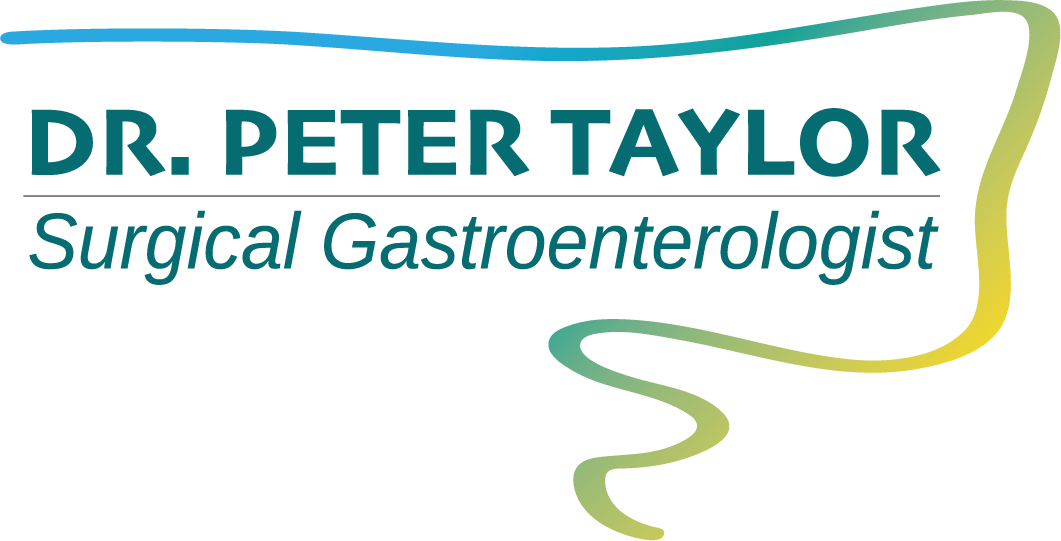
GIVE US A CALL TO SCHEDULE AN APPOINTMENT
GIVE US A CALL: 011 356 6425Hernia Repair
What is a Hernia Repair?
A hernia occurs when internal tissue or breaks through a hole in the muscles. Hernia repair surgery involves returning the displaced tissues to their proper position.
When is a Hernia Repair done?
Surgical hernia repair is recommended for hernias that are causing pain or other symptoms. They're also recommended for hernias that are incarcerated or strangulated. Watchful waiting or nonsurgical treatment may be an option for adults with hernias that are not causing symptoms.
What to expect from the procedure
During open hernia repair, an incision is made in the groin. Next, the hernia “sac” containing the bulging intestine is identified. Dr Taylor then pushes the hernia back into the abdomen and strengthens the abdominal wall with stitches or synthetic mesh.
During laparoscopic hernia repair, Dr Taylor uses a laparoscope, a thin, telescope-like instrument. He inserts the instrument through a small incision at the umbilicus (belly button). The laparoscope is connected to a small video camera that provides an "inside view" of your body onto television screens in the operating room. After the procedure is complete, the small abdominal incisions are closed with surgical tape or stitches. Within a few months, the incisions will be barely visible.
Leave a message
